The history of the American state fair
State fairs are a beloved American tradition, offering a unique blend of agriculture, entertainment, and community spirit. They serve as an annual celebration of local culture, drawing crowds from near and far.
These events are deeply rooted in American history, with each state adding its own flair and flavor. Whether it’s the thrill of rides or the aroma of fried foods, state fairs provide a nostalgic yet ever-evolving experience for all ages.
Early Beginnings: The First American State Fair

The first American state fair took place in Syracuse, New York, in 1841. Organized by the New York State Agricultural Society, it aimed to promote agricultural practices and foster community.
The fair featured livestock displays and agricultural exhibits, setting the stage for the traditions we see today. Its success inspired other states to host their own fairs, spreading the concept nationwide and cementing their place in American culture.
State Fairs and the Agricultural Revolution
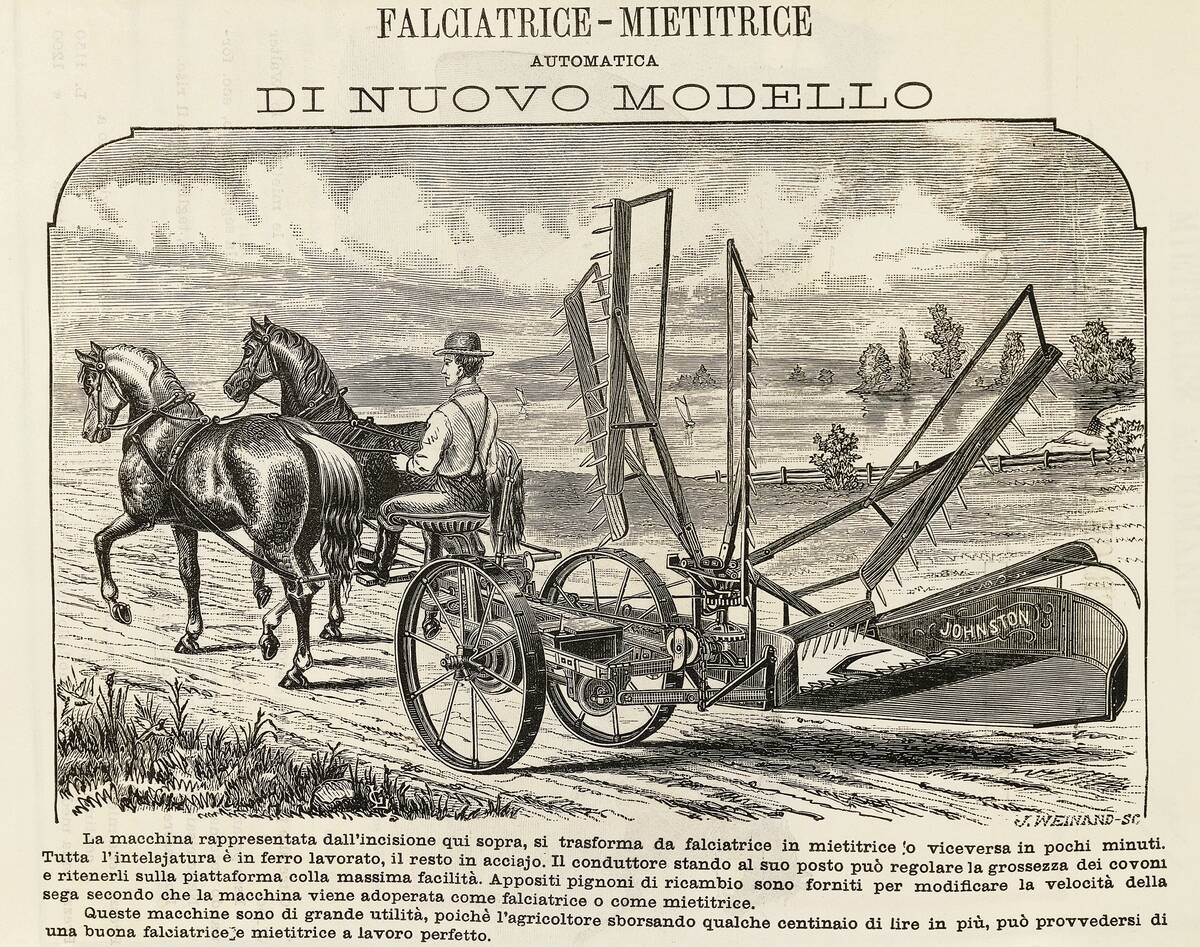
State fairs played a significant role in advancing agricultural innovation during the 19th century by showcasing new farming techniques and machinery. They served as a platform for farmers to exchange ideas and learn from one another.
Demonstrations of innovative tools and hybrid crops helped boost productivity and efficiency. These events were vital in educating farmers and advancing agricultural practices, contributing to increased food production and economic growth.
The Role of State Fairs in Community Building
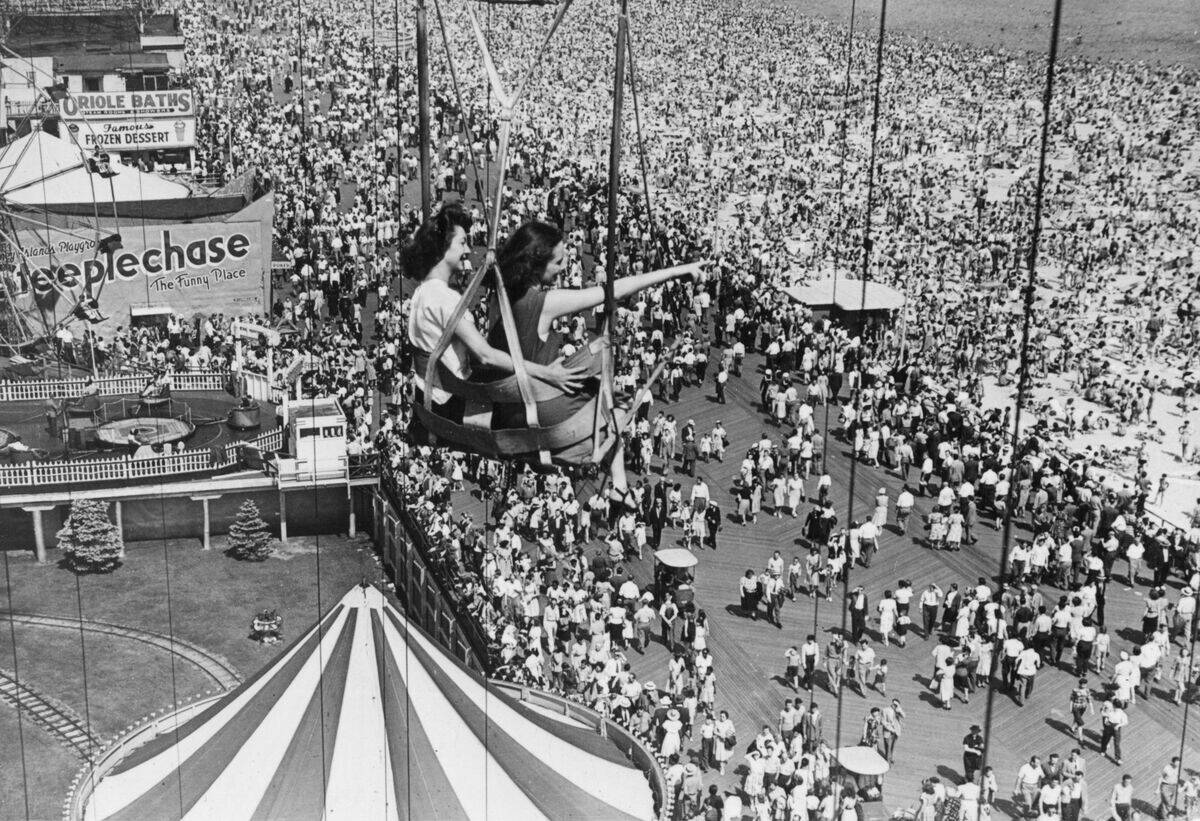
State fairs have long been a hub for community gathering and interaction. They offer a space for people from diverse backgrounds to come together and celebrate shared traditions.
From local artisans displaying their crafts to community groups hosting events, fairs foster a sense of belonging. They provide an opportunity for neighbors to connect, strengthen bonds, and create lasting memories, reinforcing the social fabric of communities.
From Livestock to Ferris Wheels: The Evolution of Fair Attractions
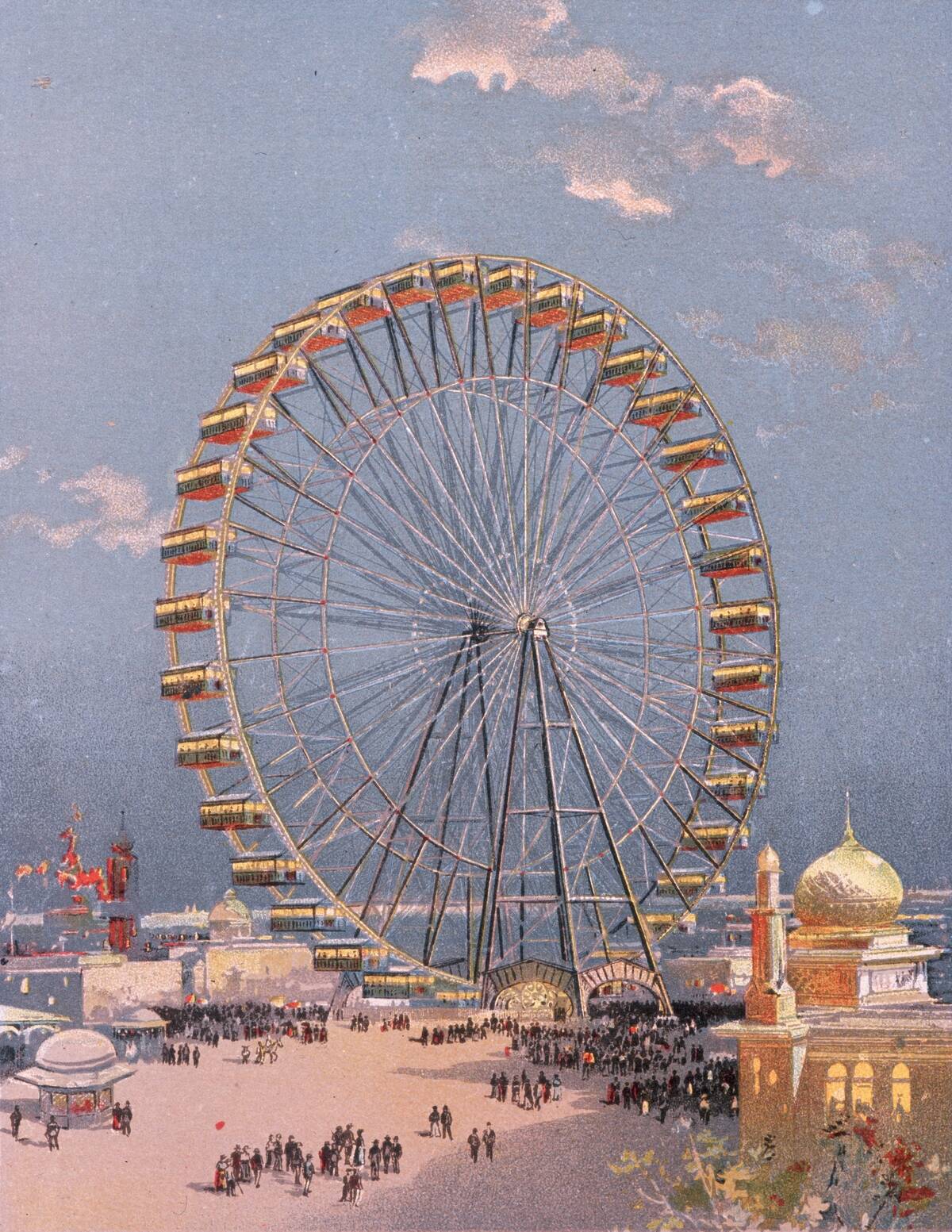
Initially focused on agriculture, state fairs have evolved to include a wide range of attractions. Livestock exhibits remain popular, but the introduction of Ferris wheels and other rides has broadened their appeal.
These thrilling additions cater to younger audiences and enhance the festive atmosphere. Over time, fairs have diversified their offerings, blending traditional showcases with modern entertainment, ensuring something for everyone.
The Birth of Carnival Rides and Midways
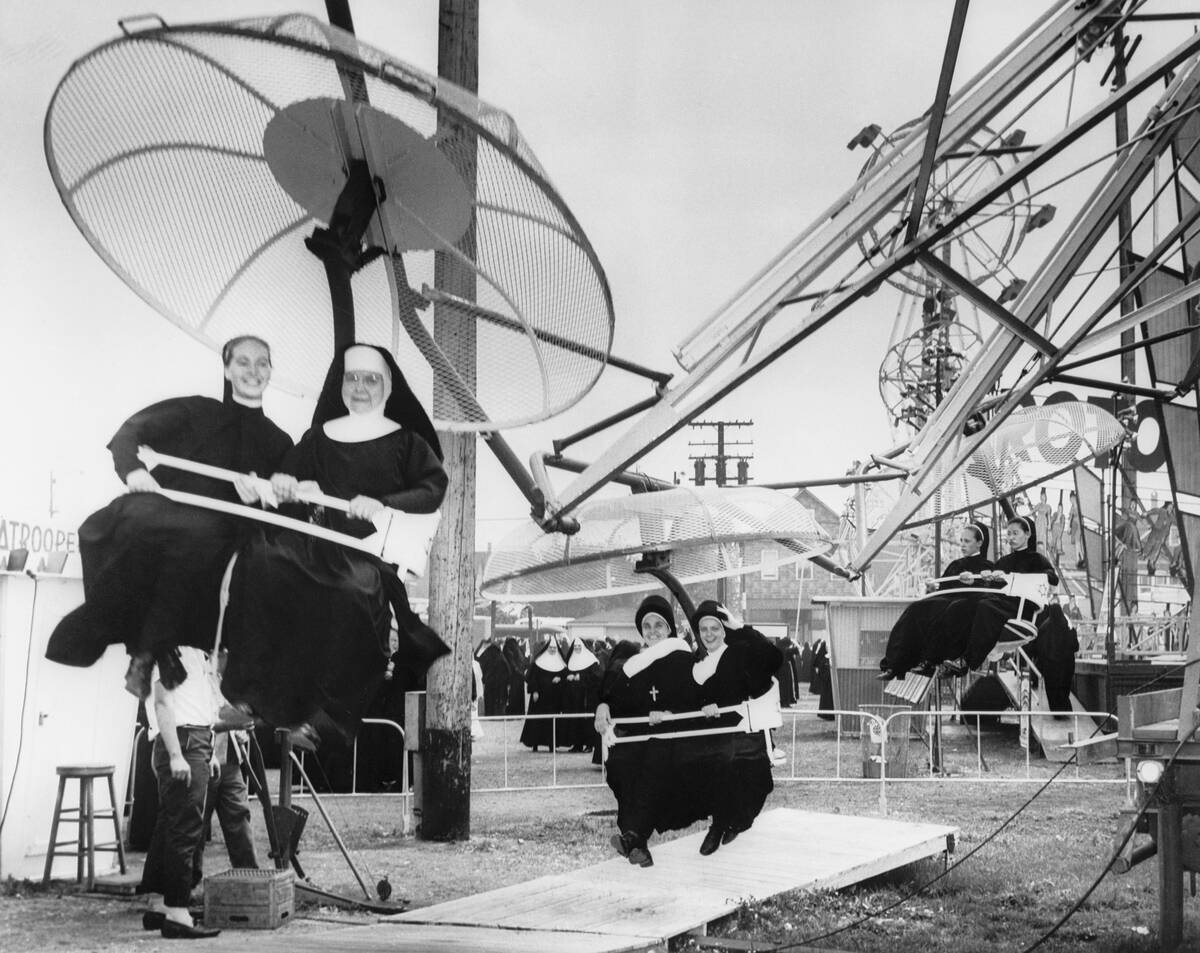
Carnival rides and midways became staples of state fairs in the late 19th and early 20th centuries. The introduction of the Ferris wheel at the 1893 World’s Columbian Exposition in Chicago sparked a trend.
Midways, with their games and food stalls, added an element of excitement and variety. These attractions transformed fairs into vibrant, multi-faceted events, drawing larger crowds and enhancing the overall experience.
The Competitive Spirit: Blue Ribbons and Best in Show
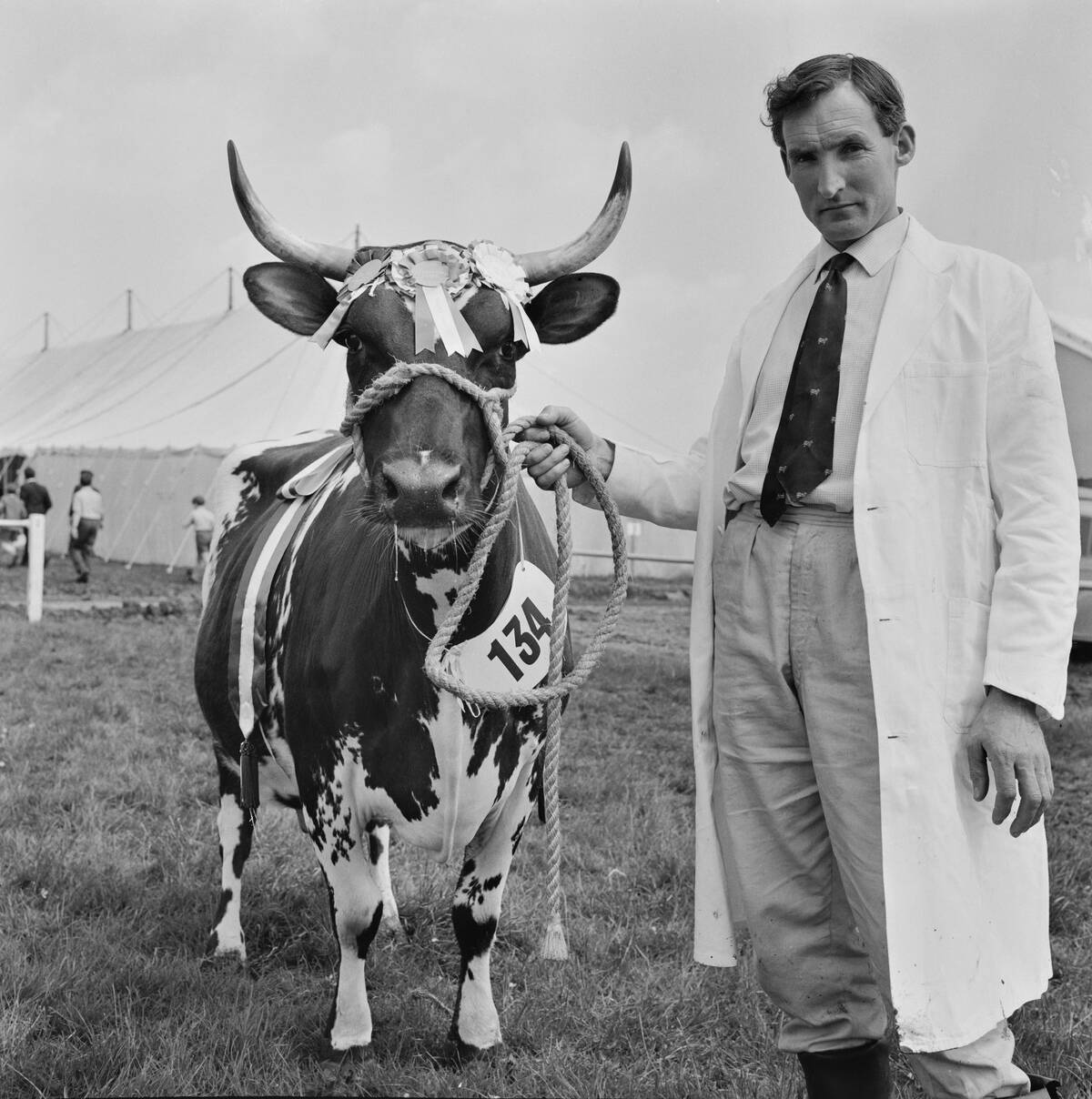
Competitions are at the heart of state fairs, with participants vying for blue ribbons and ‘Best in Show’ titles. Categories range from livestock and crops to baked goods and crafts.
These contests highlight talent and dedication, offering participants a chance to showcase their skills. Winning a ribbon is a prestigious honor, often accompanied by prizes, and it fosters a spirit of friendly rivalry and accomplishment.
The Culinary Delights: Iconic Fair Foods
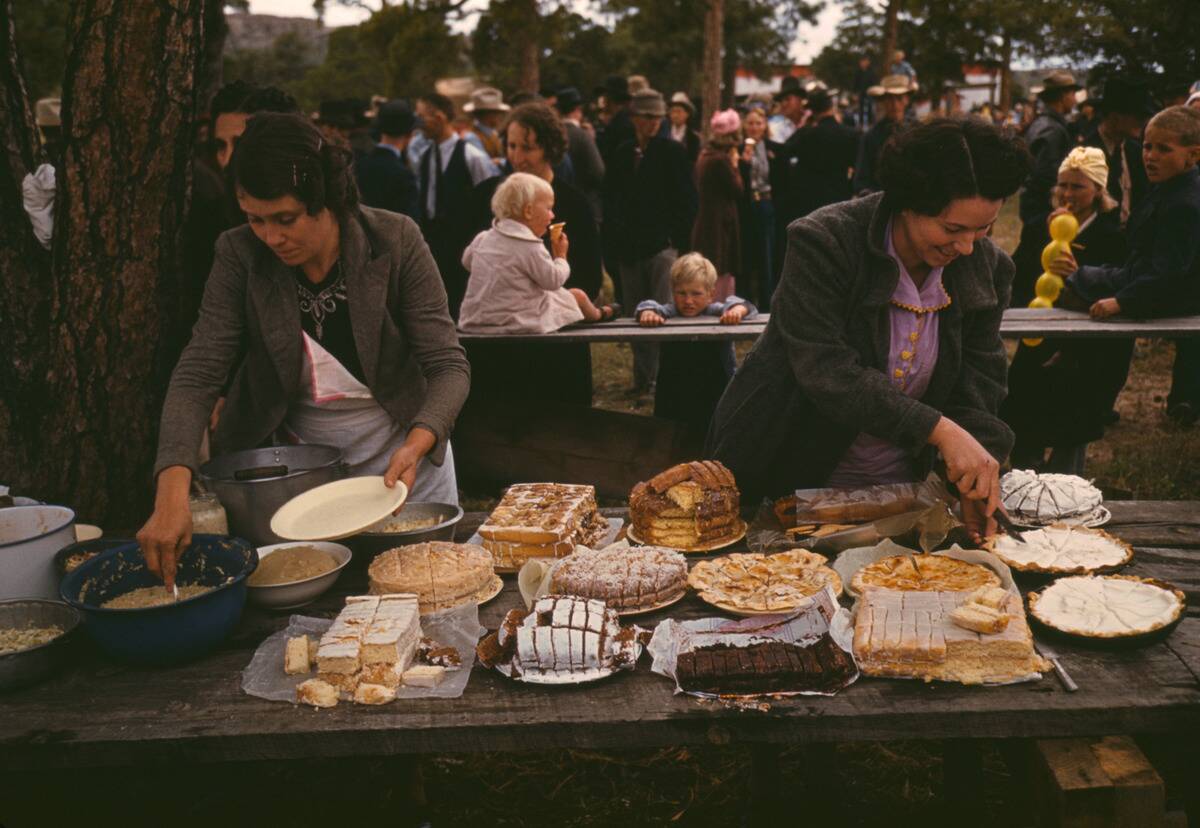
State fairs are synonymous with indulgent, iconic foods. From corn dogs and funnel cakes to deep-fried everything, these treats are a major draw. Each fair boasts its own specialties, reflecting regional flavors and culinary creativity.
These foods, often enjoyed only once a year, are part of the fair’s charm, offering a deliciously guilty pleasure that visitors eagerly anticipate.
State Fairs and the Rise of Entertainment Acts
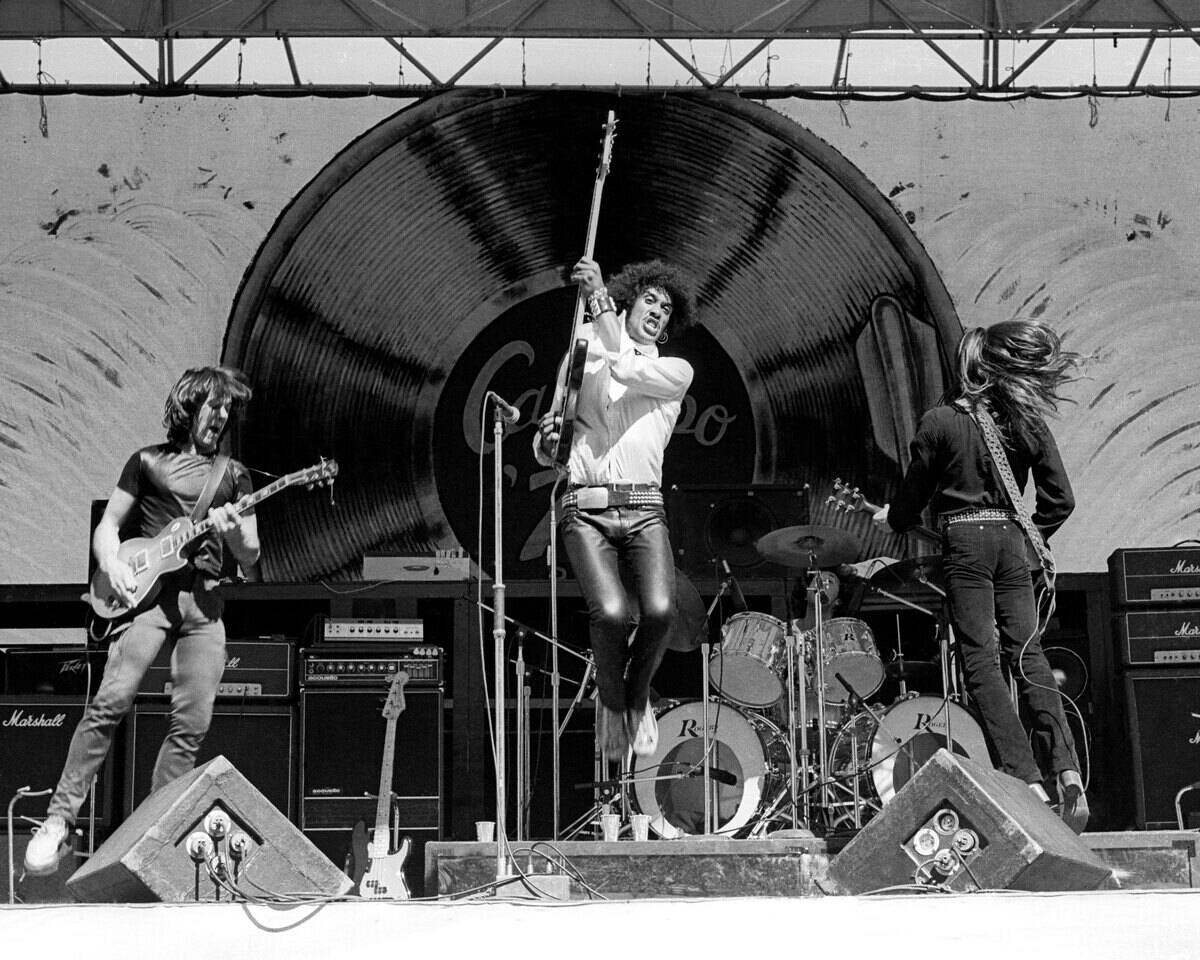
Entertainment acts have become a cornerstone of state fairs, featuring everything from local bands to big-name artists. These performances attract diverse audiences and add to the festive atmosphere.
Talent shows, comedy acts, and magic performances provide varied entertainment options. The inclusion of entertainment acts has helped fairs remain relevant and appealing, drawing in crowds looking for music, laughter, and fun.
The Influence of State Fairs on Popular Culture
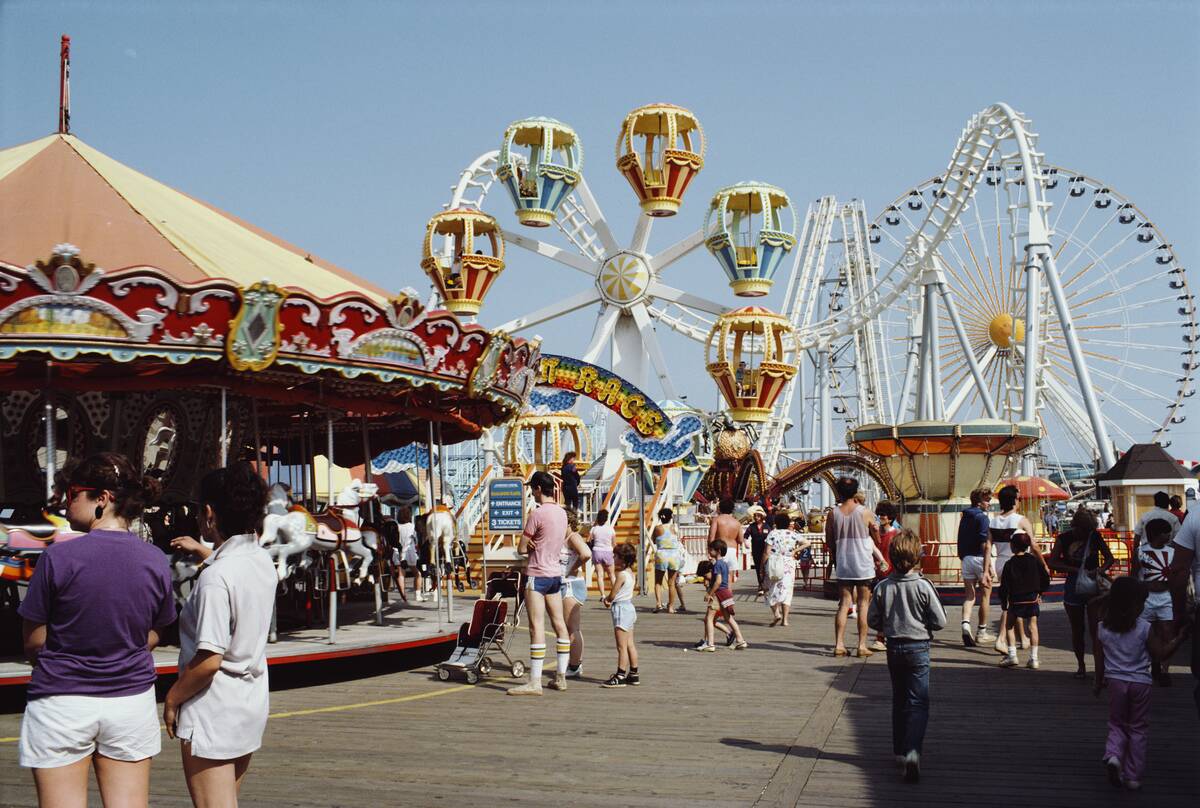
State fairs have left an indelible mark on popular culture, inspiring songs, movies, and literature. They capture the essence of Americana, with their vibrant energy and diverse offerings.
Fairs have been depicted in films like ‘State Fair,’ highlighting their significance as cultural touchstones. They continue to influence art and media, reflecting the enduring appeal of these quintessentially American events.
A Platform for Innovation: Showcasing New Inventions
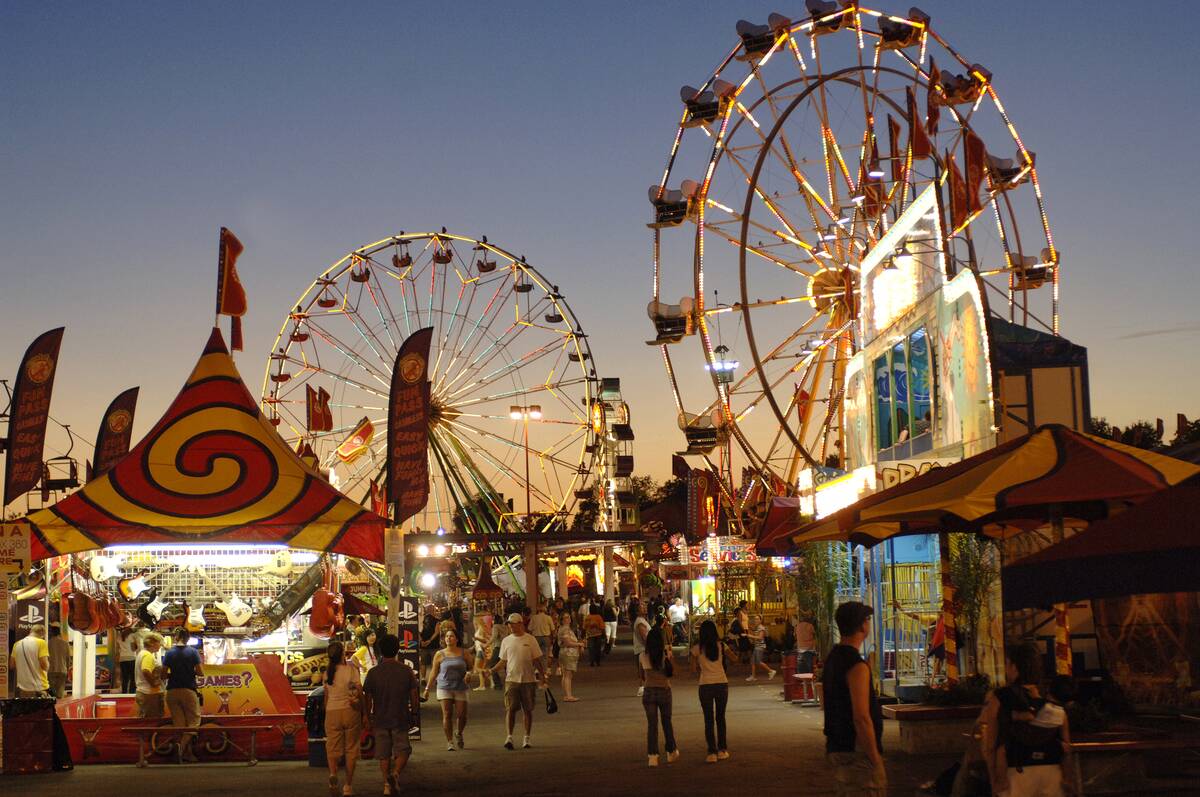
State fairs have long been platforms for innovation, showcasing new technologies and inventions. These events offer inventors a chance to present their creations to the public, garnering attention and feedback.
Fairs continue to highlight ingenuity and progress, fostering a spirit of innovation and curiosity among attendees.
The Art and Craft of State Fair Exhibits
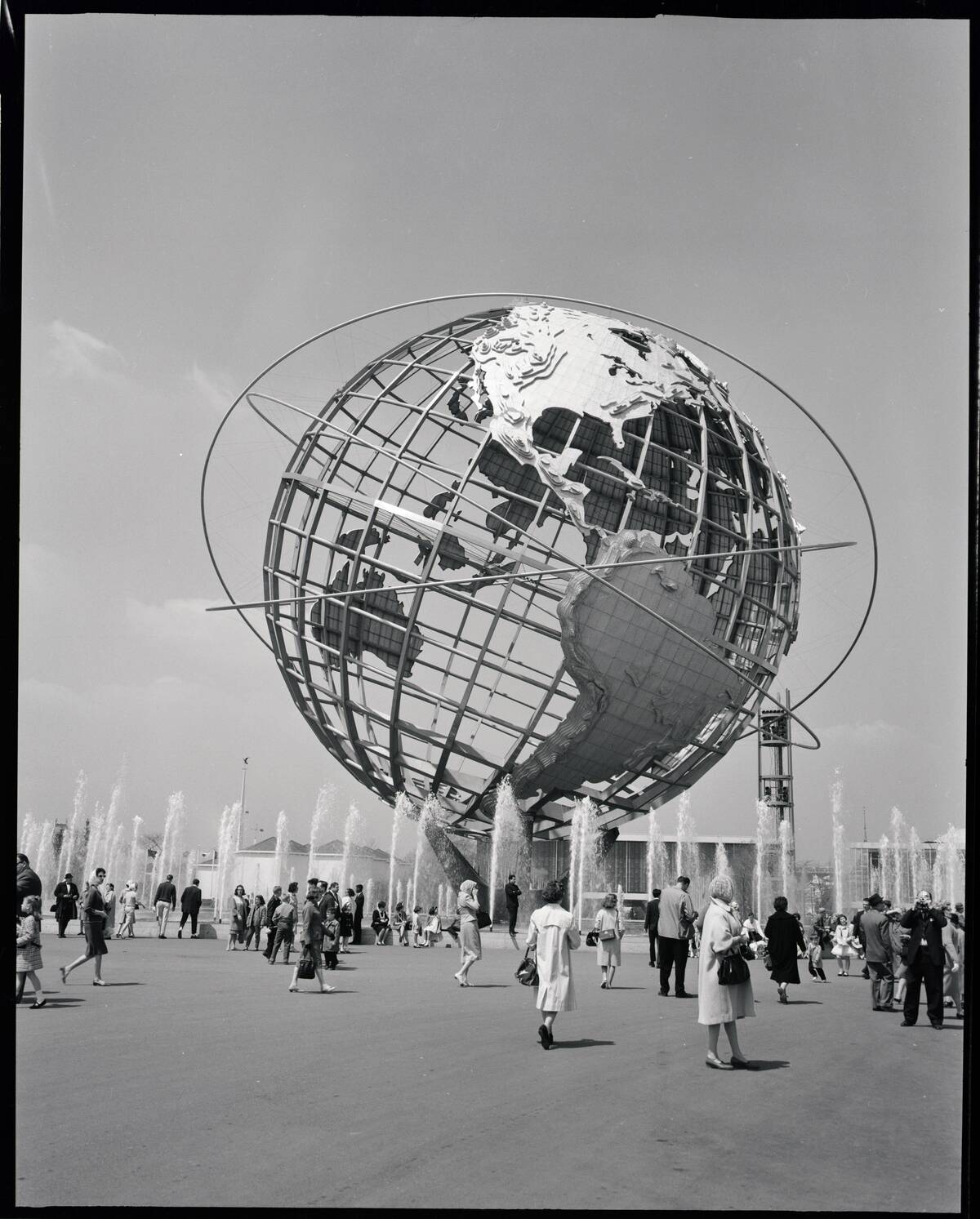
State fairs are a celebration of artistry and craftsmanship, featuring exhibits that showcase local talent. From quilts and paintings to woodworking and sculptures, these displays highlight the creativity and skill of artisans.
They offer a platform for artists to gain recognition and share their work with a wider audience. The exhibits are a testament to the rich artistic traditions and cultural heritage of the communities they represent.
Fairground Architecture: A Walk Through Time
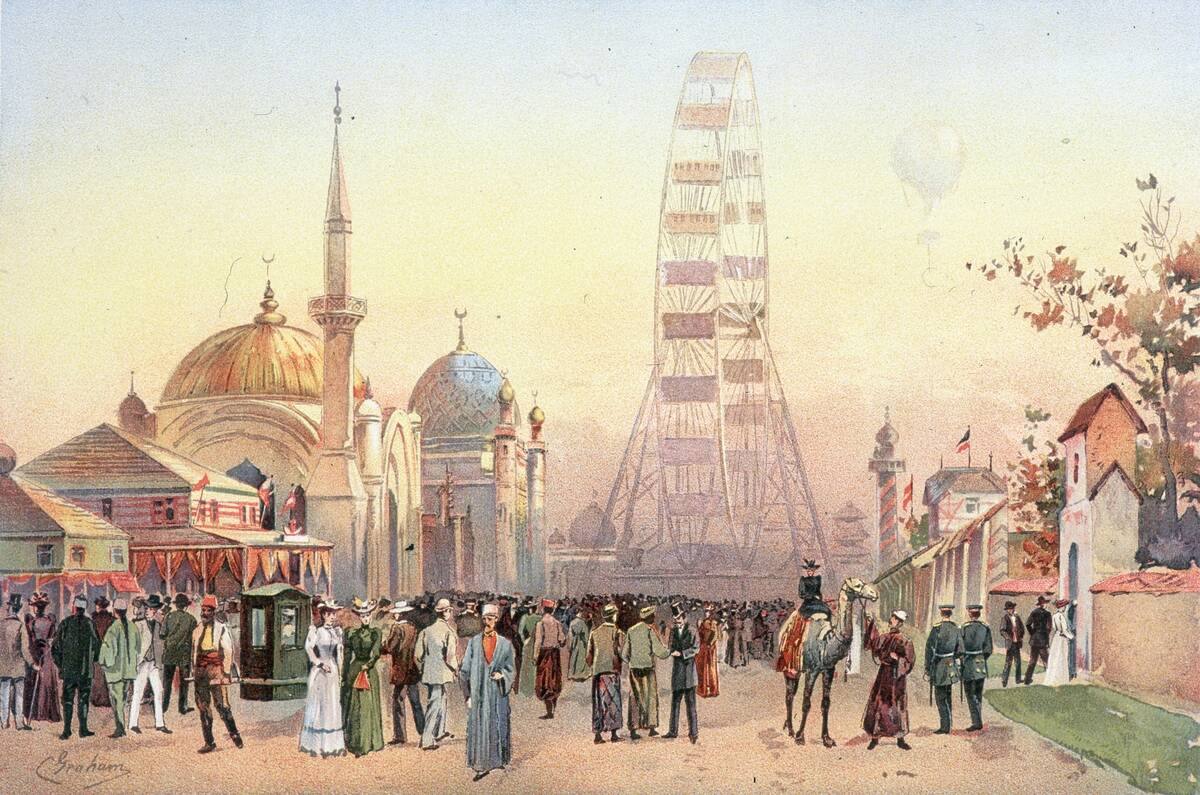
Fairground architecture has evolved over the years, reflecting changes in design and technology. Early fairs featured simple wooden structures, while modern fairs boast elaborate pavilions and stages.
The architecture often mirrors the style and trends of the time, showcasing innovation and aesthetic evolution. Walking through a fairground offers a glimpse into the past, highlighting the architectural journey of these beloved events.
State Fairs as a Reflection of American Values
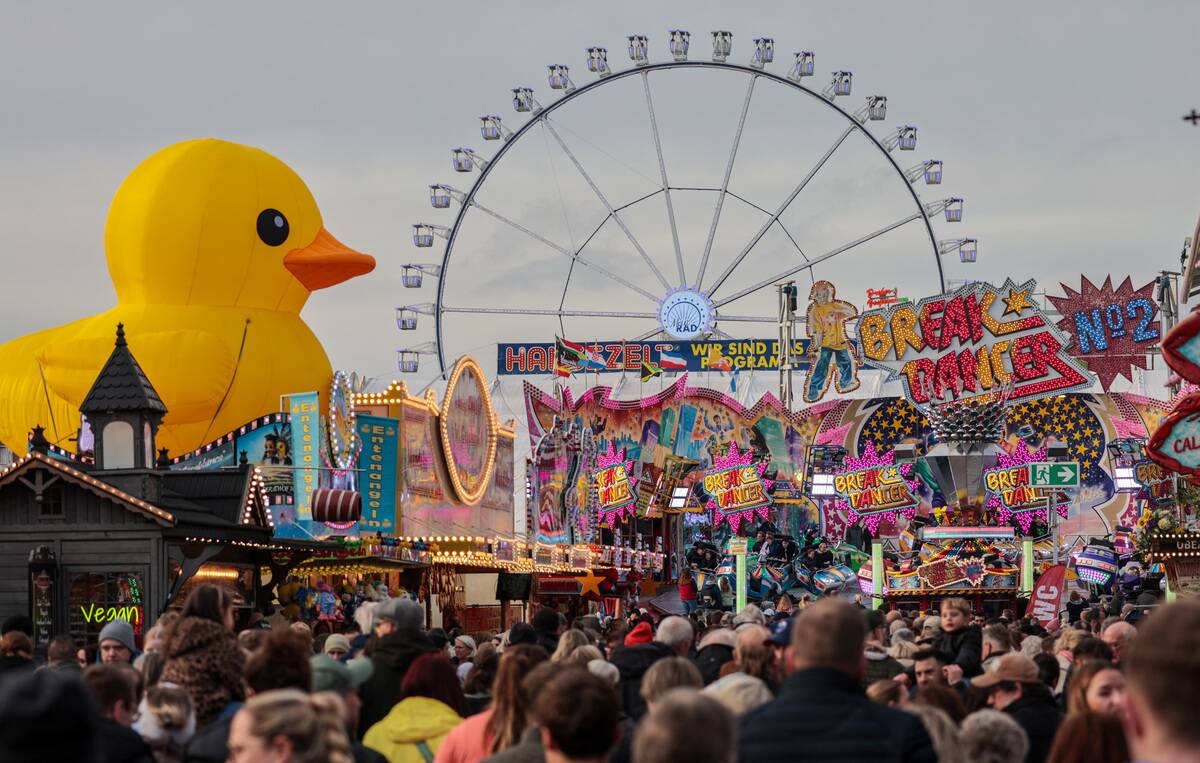
State fairs embody American values such as community, innovation, and resilience. They celebrate hard work and creativity, offering a platform for individuals to showcase their talents and achievements.
Fairs also promote inclusivity and diversity, bringing together people from different backgrounds. They reflect the spirit of unity and pride, serving as a microcosm of the broader American experience and ideals.
The Impact of Technological Advancements on State Fairs
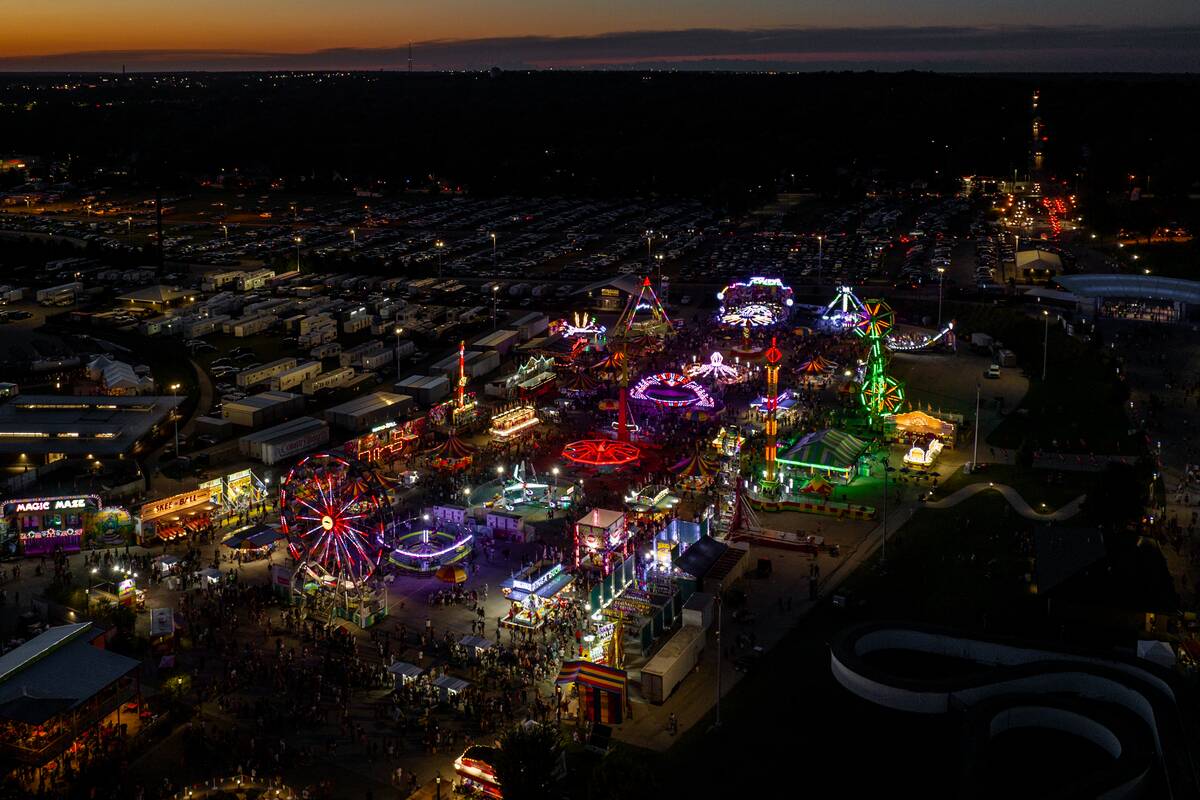
Technological advancements have transformed state fairs, enhancing the visitor experience and operational efficiency. From digital ticketing systems to virtual reality exhibits, technology offers new ways to engage audiences.
Social media and online marketing have expanded the reach of fairs, attracting larger crowds. These innovations ensure that fairs remain dynamic and relevant, adapting to the changing needs and expectations of attendees.
State Fairs and Economic Boosts for Local Communities
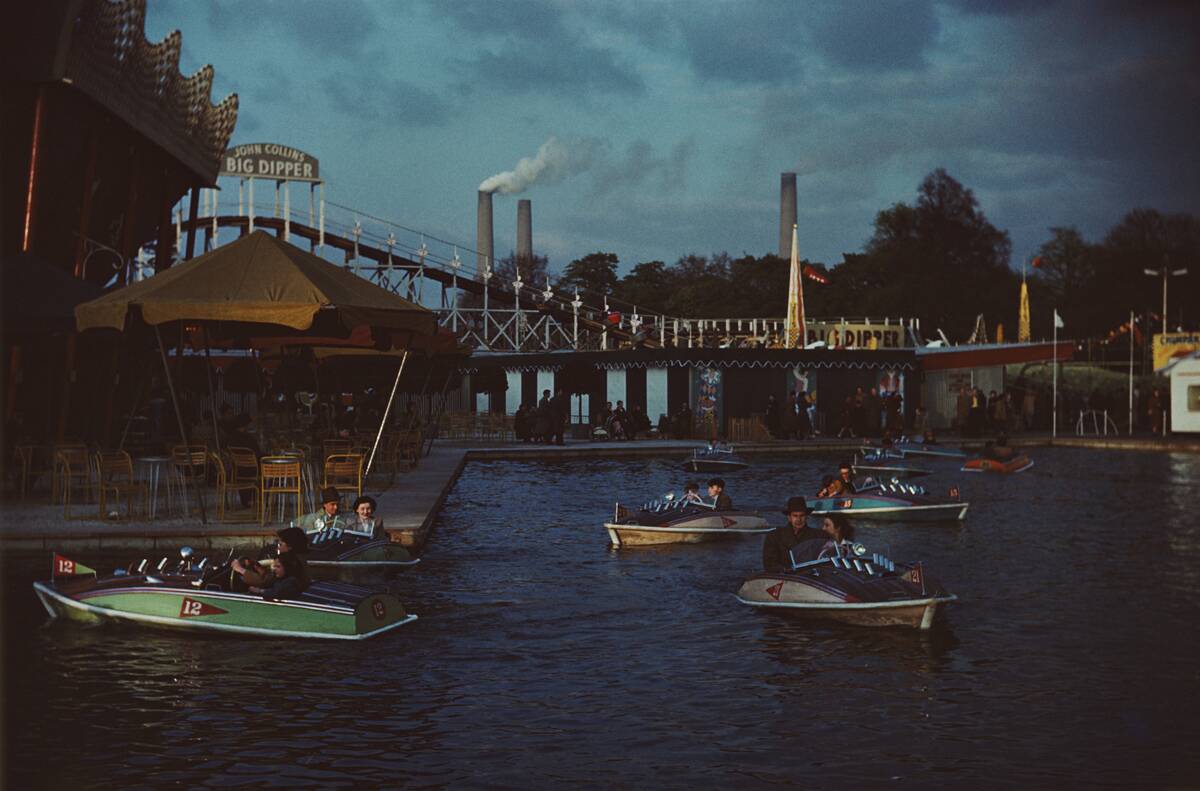
State fairs provide significant economic benefits to local communities, generating revenue and creating jobs. They attract tourists and boost spending in the area, benefiting local businesses and vendors.
The influx of visitors supports the hospitality industry, from hotels to restaurants. Fairs also offer opportunities for local entrepreneurs and artisans to showcase their products, contributing to economic growth and development.
Modern Challenges and the Future of State Fairs

State fairs face modern challenges, including competition from digital entertainment and the need for sustainability. Adapting to changing tastes and environmental concerns is crucial for their continued success.
Innovations in programming and eco-friendly initiatives can help address these challenges. The future of state fairs lies in their ability to evolve while preserving traditional elements, ensuring they remain a cherished part of American culture for generations to come.



